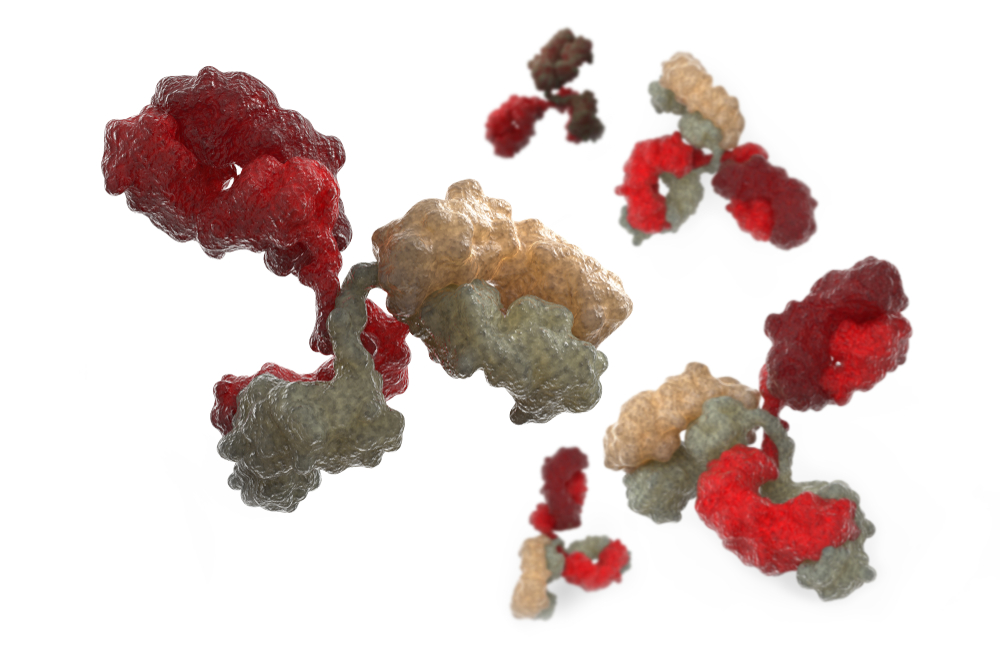ANTI-MOUSE IgG (GAMMA) ANTIBODY
Anti-mouse IgG (gamma) antibody is an affinity-purified polyclonal antibody to mouse IgG heavy chains (gamma) made in goat. Product is in lyophilized form. Each lot is tested to assure specificity and lot-to-lot consistency using an in-house ELISA assay.
PRODUCT DETAILS – ANTI-MOUSE IgG (GAMMA) ANTIBODY
- Anti-mouse IgG (gamma) antibody, produced in Goat
- Reacts specifically with mouse IgG.
- Product has been adsorbed with purified mouse IgA and IgM.
- Purified by affinity chromatography.
- Presented lyophilized.
- For use in immunoassay development and other applications.
BACKGROUND
Secondary antibody conjugates are important tools in biochemical and cell-based studies and choosing the correct antibody can have a significant impact on the success of an experiment (Manning et al., 2012). A secondary antibody aids in the detection, sorting or purification of target antigens by binding to the primary antibody, which directly binds to the target antigen. Enzyme-labeled secondary antibodies, such as HRP or AP, have high catalytic turnover rates and are routinely used in various assays for their rapid and robust signal generation. In particular, they are used in enzyme-linked immunosorbent assays (ELISA), lateral flow assays (LFA), immunohistochemistry (IHC) and Western blot for the diagnosis of infectious diseases. Secondary antibodies conjugated to fluorescent dyes provide brighter signals and multiplexing capabilities in cell analysis and protein analysis applications including immunofluorescence microscopy and cell imaging. When detecting low abundance target antigens then enzyme-labeled and dye-labeled secondary antibodies with high sensitivity and signal amplification are very important. For improved specificity, greater sensitivity and lower background cross-adsorbed secondary antibodies are often used. Cross-adsorption of secondary antibodies, via affinity purification, eliminates cross-reactivity and improves antibody specificity. We are pleased to offer range of secondary antibody options available for purity level, specificity and label type no matter what the application.
REFERENCES
- Manning CF, Bundros AM, Trimmer JS. Benefits and pitfalls of secondary antibodies: why choosing the right secondary is of primary importance. PLoS One. 2012;7(6):e38313.

